Creating Art with Garden Stones
Are you ready to unleash your inner artist and transform your garden into a vibrant canvas? is not just a fun activity; it's a fantastic way to express your creativity and add a personal touch to your outdoor space. Imagine walking through your garden and being greeted by colorful, whimsical stones that tell a story or showcase your artistic flair. This article will guide you through innovative techniques and ideas to turn ordinary stones into extraordinary pieces of art.
First things first, let's talk about the beauty of personal expression. Each stone you decorate can reflect your personality, interests, and even memories. Whether you’re a seasoned artist or a complete beginner, the possibilities are endless. From painting vibrant flowers to crafting intricate designs, your garden stones can serve as a unique extension of who you are. Plus, it’s a great way to spend time outdoors, enjoying the fresh air while you create something beautiful.
But why stop at just painting? You can incorporate various materials and techniques to make your stones stand out even more. Think about adding beads, shells, or even glitter to your designs. The key is to let your imagination run wild. As you embark on this creative journey, remember that the process is just as rewarding as the final product. So, grab your paintbrushes and let’s dive into the exciting world of garden stone art!
Now, you might be wondering, "Where do I even start?" Don't worry! We'll cover everything from choosing the right stones to sealing your artwork for durability. By the end of this article, you’ll not only have the skills to create stunning garden stones but also the confidence to showcase your work proudly.
So, whether you're looking to beautify your own garden or create a thoughtful gift for someone special, garden stone art is a delightful way to bring a splash of color and creativity to any outdoor space. Let’s get started on this artistic adventure!
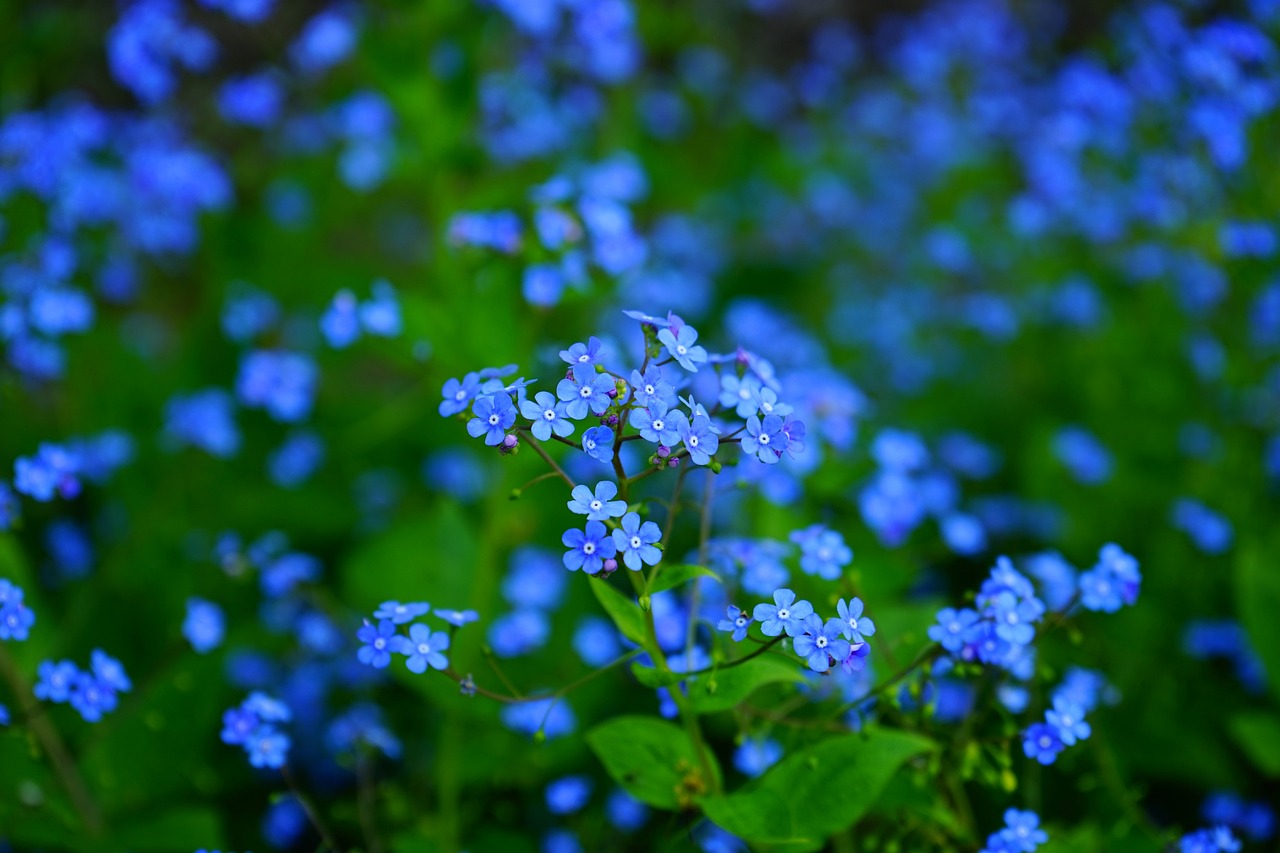
Choosing the Right Stones
When it comes to creating art with garden stones, the first step is to choose the right stones. This decision is crucial as it sets the foundation for your entire project. Think of it like selecting the perfect canvas for a masterpiece; the right stones can enhance your creative vision and bring your ideas to life. Start by considering the size of the stones. Larger stones can serve as impressive focal points, while smaller ones can be used for intricate details or subtle accents. The shape of the stones also plays a significant role—irregular shapes can add an organic feel, while smoother, rounded stones might lend a more polished look to your garden.
Texture is another essential factor to consider. Stones with interesting textures can add depth and character to your artwork. For example, rough stones can create a rustic charm, while polished stones can give a modern touch. It's also important to think about the color of the stones. Natural hues can blend beautifully with your garden's greenery, while brightly colored stones can make bold statements. Don't hesitate to mix and match different types of stones to create a more dynamic visual experience.
Here’s a quick guide to help you make the right choice:
| Stone Type | Characteristics | Best Use |
|---|---|---|
| River Rocks | Smooth, rounded, often colorful | Pathways, accents |
| Slate | Flat, layered, various colors | Tiles, sculptures |
| Granite | Hard, durable, speckled | Focal points, large sculptures |
| Field Stones | Irregular, rough | Naturalistic designs, rustic themes |
Once you have a selection of stones, take some time to arrange them in various configurations. This will help you visualize how they will work together in your garden. You might find that a combination of different sizes, shapes, and textures can create a stunning visual impact. Remember, your garden is an extension of your personality, so let your creativity shine through in your stone selection!

Painting Techniques for Garden Stones
When it comes to transforming your ordinary garden stones into vibrant pieces of art, the painting techniques you choose can make all the difference. The right paint not only enhances the beauty of your stones but also ensures that your artwork stands up to the elements. So, what are the best options for painting garden stones? Let's dive in!
First off, acrylic paints are a popular choice among artists and DIY enthusiasts alike. They are water-based, which makes them easy to clean up, and they dry quickly, allowing you to layer colors without long wait times. Plus, they come in a wide array of colors, giving you the freedom to express your creativity. However, it’s essential to choose outdoor acrylics or those labeled as weather-resistant to ensure your art withstands rain, sun, and snow.
Another fantastic option is weather-resistant paints, specifically designed for outdoor use. These paints offer superior durability and are less likely to fade over time compared to standard acrylics. When selecting your paint, look for brands that specify their suitability for stones, as this can save you from future touch-ups. If you’re feeling adventurous, you might even want to explore metallic or glow-in-the-dark paints for a unique twist on your garden decor!
Now, let’s talk about application techniques. You can use brushes, sponges, or even spray bottles to apply your paint. Each method offers a different effect. For instance, using a sponge can create a soft, textured look, while a fine brush allows for intricate details. If you’re aiming for a more uniform finish, spray painting can provide a smooth, even coat. Just remember to work in a well-ventilated area and wear a mask if you’re using spray paints.
To give you a clearer idea of how these different techniques can be applied, here’s a quick comparison:
| Technique | Best For | Tips |
|---|---|---|
| Brush Painting | Detailed designs | Use fine brushes for intricate work |
| Sponge Painting | Textured effects | Experiment with different sponge shapes |
| Spray Painting | Uniform coverage | Keep a consistent distance from the stone |
Once your stones are painted, it’s crucial to let them dry completely before moving on to the next step: sealing. This is where you’ll want to apply a protective coat to lock in those vibrant colors and shield your artwork from fading. A good quality outdoor sealant will provide a waterproof barrier, ensuring that your beautiful creations last for seasons to come.
In conclusion, painting your garden stones can be a delightful way to express your creativity while enhancing your outdoor space. By choosing the right paints and techniques, you can create stunning art pieces that reflect your personality and style. So grab your brushes, unleash your imagination, and let your garden tell your story!
- What type of paint should I use for garden stones? It's best to use outdoor acrylic paints or specifically weather-resistant paints for durability.
- How do I seal my painted stones? After your paint has dried, apply a clear outdoor sealant to protect your artwork from the elements.
- Can I use regular acrylic paint? While you can use regular acrylics, they may fade or wash away over time, so opt for outdoor versions when possible.
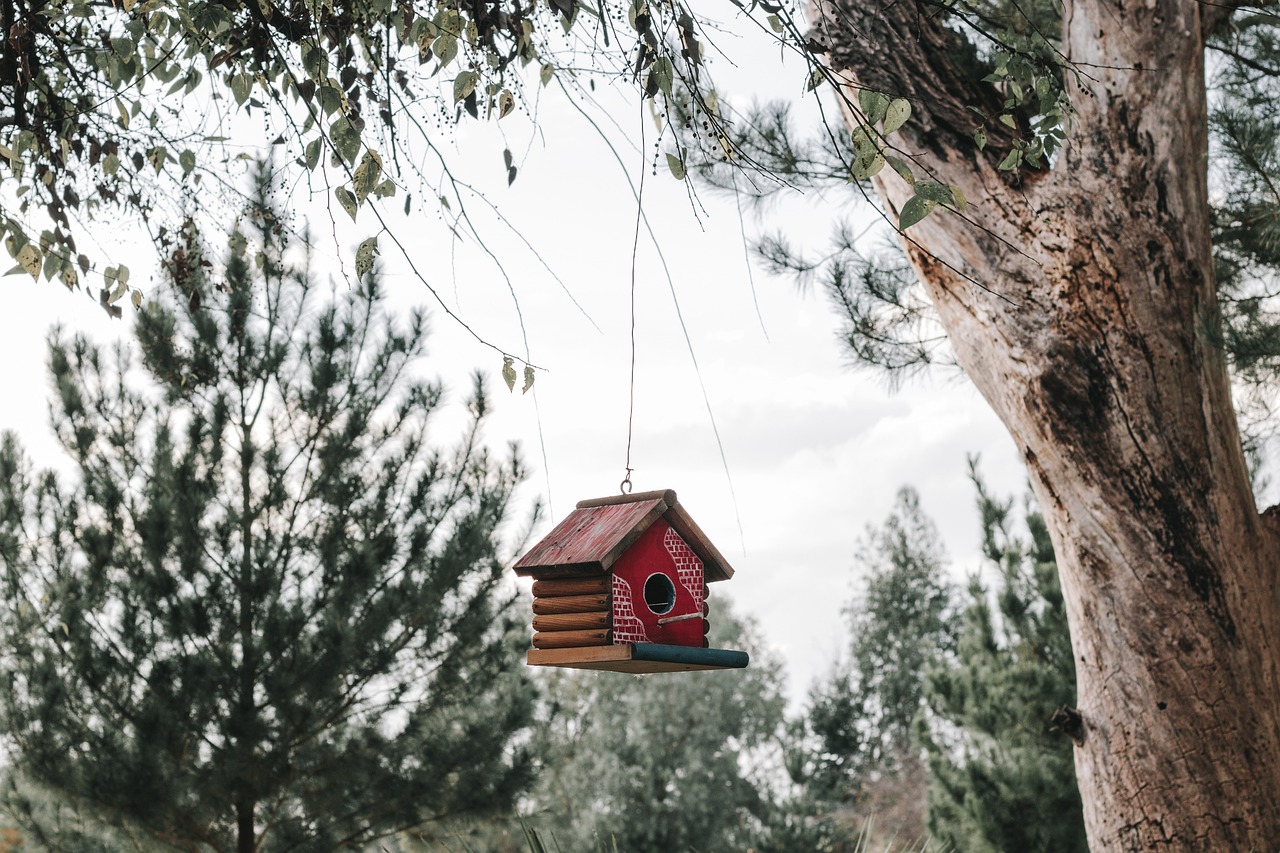
Design Ideas for Painted Stones
When it comes to painting stones, the possibilities are as vast as your imagination! From whimsical characters to intricate mandalas, your painted stones can truly reflect your personality and style. Let’s explore some exciting design ideas that can add a splash of color and creativity to your garden.
One popular approach is to create nature-inspired themes. Imagine painting stones to resemble ladybugs, butterflies, or even tiny birds. These designs can seamlessly blend into your garden, making them look like delightful inhabitants of your outdoor space. You can also opt for floral patterns or leafy designs, which can evoke a sense of harmony with your garden’s natural elements.
If you’re feeling a bit more adventurous, why not try your hand at abstract art? Using vibrant colors and bold strokes, you can create unique patterns that stand out. This style allows for a lot of freedom—there are no rules! Just let your brush dance across the stone, and you might be surprised at the stunning results. Abstract stones can serve as conversation starters, drawing attention and admiration from your visitors.
For those who love a touch of whimsy, consider painting fun quotes or positive affirmations on your stones. Phrases like “Grow where you are planted” or “Bloom where you are” can inspire and uplift anyone who strolls through your garden. Plus, these stones can act as little reminders of positivity, bringing a smile to your face every time you see them.
Another fantastic idea is to incorporate themed sets of stones. For example, you could create a set that tells a story—like a fairy tale scene with characters and settings. This can be particularly enchanting for children, turning your garden into a magical realm. Alternatively, you could create stones that represent the four seasons, showcasing different colors and designs that reflect spring blooms, summer sunshine, autumn leaves, and winter snowflakes.
Don’t forget that you can also use stencils to help with your designs. Stencils can provide a consistent look, making it easier to replicate patterns or shapes. You can either purchase pre-made stencils or create your own using cardboard or plastic sheets. This method is especially useful for intricate designs like mandalas or geometric patterns, ensuring that your artwork looks polished and professional.
In conclusion, the world of painted stones is brimming with creative potential. Whether you choose to go with nature themes, abstract art, inspiring quotes, or themed sets, your painted stones can transform your garden into a vibrant canvas of self-expression. So grab your brushes, unleash your creativity, and let your garden become a gallery of your artistic vision!
- What type of paint is best for outdoor stones? Acrylic paint is highly recommended for outdoor use due to its durability and vibrant colors. Make sure to choose weather-resistant options for the best results.
- How do I seal my painted stones? After your paint has dried completely, apply a clear sealant spray or brush-on sealant to protect your artwork from the elements.
- Can I use regular craft paint? While regular craft paint can work, it’s best to use paint specifically designed for outdoor use to ensure longevity and vibrancy.
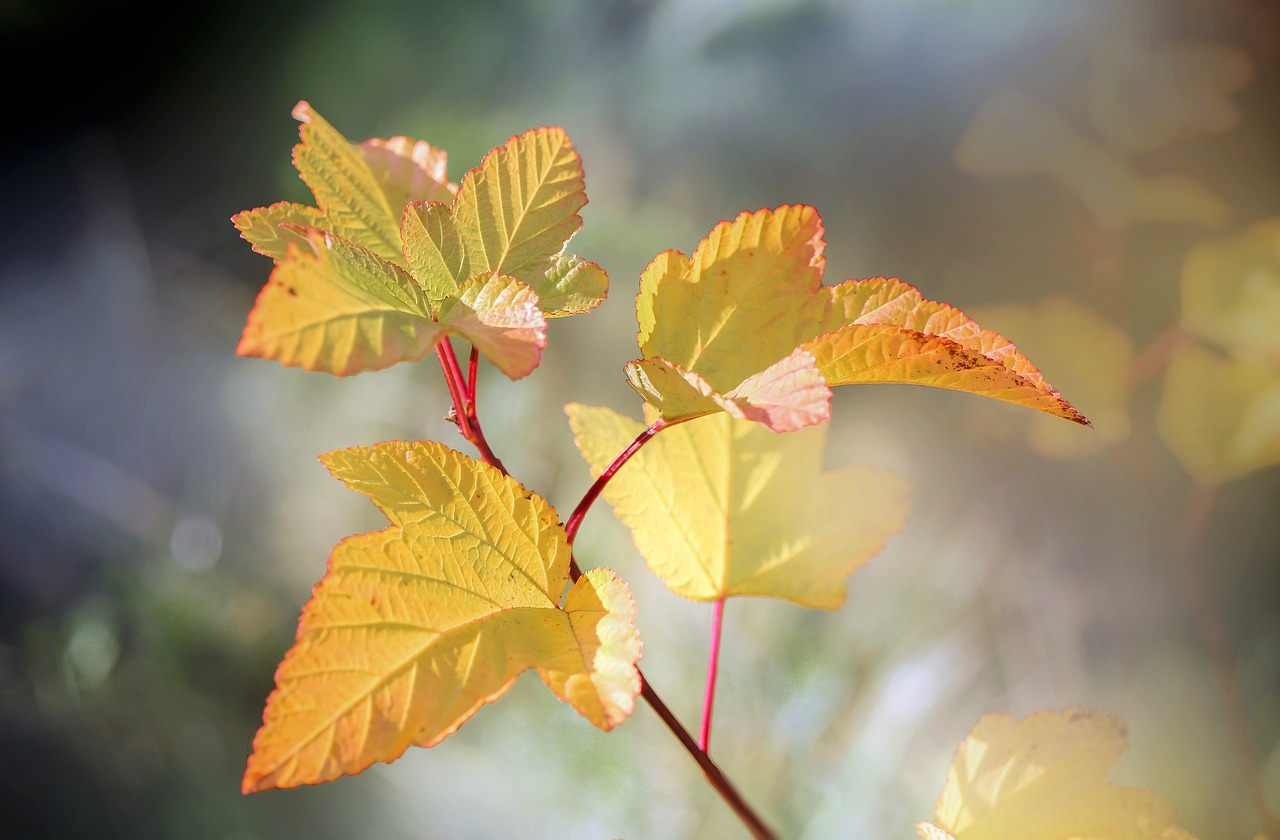
Using Stencils and Templates
When it comes to transforming ordinary garden stones into stunning pieces of art, stencils and templates can be your best friends! These handy tools not only simplify the painting process but also ensure that your designs remain consistent and professional-looking. Imagine being able to create intricate patterns and bold designs without the stress of freehand painting. Sounds appealing, right? Let’s dive into how you can effectively use stencils and templates to enhance your garden stone art.
First off, you can either purchase pre-made stencils or create your own. Many craft stores offer a variety of designs, from floral patterns to whimsical creatures. If you're feeling adventurous, why not make your own stencils? All you need is a piece of sturdy plastic or cardboard, a craft knife, and a bit of creativity. Cut out your desired design, and voilà! You have a custom stencil tailored to your artistic vision.
To get started with stenciling your garden stones, follow these simple steps:
- Choose your stone: Select a smooth stone that provides a good canvas for your design.
- Prepare your workspace: Lay down some newspaper or a drop cloth to protect your surfaces from paint spills.
- Secure the stencil: Use painter's tape to hold your stencil in place on the stone. This prevents it from shifting while you paint.
- Apply paint: Using a sponge brush or a small paintbrush, carefully dab or brush your chosen paint over the stencil. Make sure to use a light touch to avoid paint bleeding under the stencil.
- Remove the stencil: Once you're done painting, gently lift the stencil away to reveal your design. If you notice any imperfections, don’t fret! You can always touch up the edges with a fine brush.
One of the coolest aspects of using stencils is that they allow for repetition. You can create a series of stones with the same design, making them perfect for lining a pathway or grouping them together as a decorative feature in your garden. Plus, you can mix and match different designs to create a cohesive theme. For instance, if you’re going for a nature-inspired look, you could use leaf stencils paired with animal shapes.
Incorporating stencils into your garden stone art not only makes the process easier but also opens up a world of possibilities. Whether you’re aiming for a whimsical, playful vibe or a more sophisticated, elegant aesthetic, stencils can help you achieve your desired look with ease. So, roll up your sleeves, grab those stones, and let your creativity flow!
Q: Can I use any type of paint with stencils on garden stones?
A: It's best to use weather-resistant acrylic paints specifically designed for outdoor use. They help ensure that your designs remain vibrant and durable against the elements.
Q: How do I clean my stencils after use?
A: Simply rinse your stencils with warm water and mild soap to remove any paint residue. Make sure to dry them thoroughly before storing to prevent warping.
Q: Can I reuse stencils multiple times?
A: Absolutely! If cared for properly, stencils can be reused many times. Just be sure to clean them after each use to maintain their integrity.
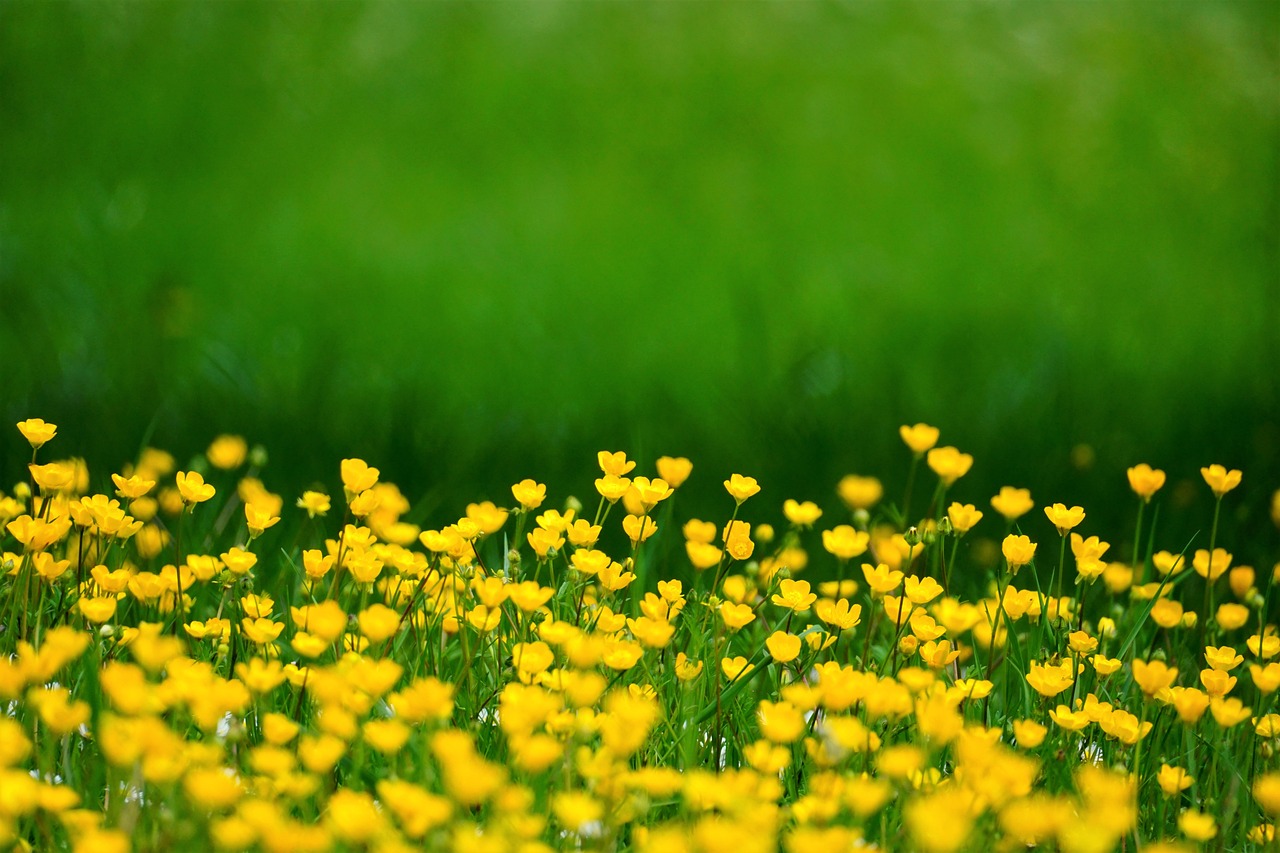
Freehand Painting Techniques
This article explores innovative ways to transform ordinary garden stones into unique pieces of art, enhancing your outdoor space while allowing for personal expression and creativity.
Selecting the perfect stones is crucial for your garden art project. Consider size, shape, and texture to create a harmonious design that complements your garden’s aesthetic.
Discover various painting techniques suitable for outdoor stones, including acrylics and weather-resistant paints, to ensure your artwork remains vibrant and durable against the elements.
Explore creative design ideas for painted stones, from whimsical characters to intricate mandalas, that can add personality and charm to your garden landscape.
Stencils and templates can simplify the painting process, allowing for consistent designs. Learn how to create or purchase stencils to elevate your stone art.
For those looking to express their artistic flair, freehand painting offers endless possibilities. This technique allows you to unleash your creativity and create one-of-a-kind pieces that reflect your personality. Imagine the thrill of transforming a dull stone into a vibrant masterpiece, all with just a brush and your imagination!
When diving into freehand painting, it's essential to start with a clear vision. Before you even pick up a brush, think about what you want to create. Do you envision a colorful landscape, a whimsical creature, or perhaps an abstract design? Having a mental picture can guide your brushstrokes and help you stay focused.
Here are a few tips to enhance your freehand painting experience:
- Choose the Right Brushes: Different brushes can create various effects. Flat brushes are great for bold strokes, while fine-tipped brushes are perfect for intricate details.
- Experiment with Colors: Don’t be afraid to mix colors. Layering shades can add depth and dimension to your artwork.
- Practice Makes Perfect: If you're new to freehand painting, practice on paper or less visible stones before diving into your main pieces.
One of the most exciting aspects of freehand painting is the ability to make mistakes and turn them into something beautiful. If you accidentally spill paint or make an unintended stroke, embrace it! Sometimes, these happy accidents lead to the most stunning designs.
To help you get started, consider sketching your design lightly on the stone with a pencil before applying paint. This way, you can adjust your design without committing to it right away. Once you're satisfied with your sketch, grab your brushes and let your creativity flow!
In conclusion, freehand painting is not just about the final product; it’s about the joy of creating and expressing yourself. So gather your stones, paints, and brushes, and let the magic of freehand painting transform your garden into a vibrant gallery of personal expression.
Proper sealing is essential to protect your painted stones from fading and weather damage. Learn about the best sealants and application techniques for long-lasting beauty.
Integrating your painted stones into the overall garden design can enhance visual interest. Explore creative placement ideas that complement your plants and landscape features.
Stone pathways can lead visitors through your garden while showcasing your artwork. Discover how to design and construct a pathway using your decorated stones.
Consider creating larger stone sculptures as focal points in your garden. Learn about techniques for stacking and securing stones to create impressive art pieces.
Q: What type of paint should I use on garden stones?
A: It's best to use acrylic paints or weather-resistant paints specifically designed for outdoor use to ensure durability.
Q: How do I seal my painted stones?
A: Use a clear acrylic sealer or a spray sealant designed for outdoor use. Apply it evenly after your paint has dried completely.
Q: Can I use regular paint on garden stones?
A: While you can use regular paint, it may not hold up well against the elements. It's recommended to use paints that are specifically made for outdoor applications.
Q: How can I ensure my designs stay vibrant?
A: Proper sealing and choosing high-quality outdoor paints will help maintain the vibrancy of your designs.
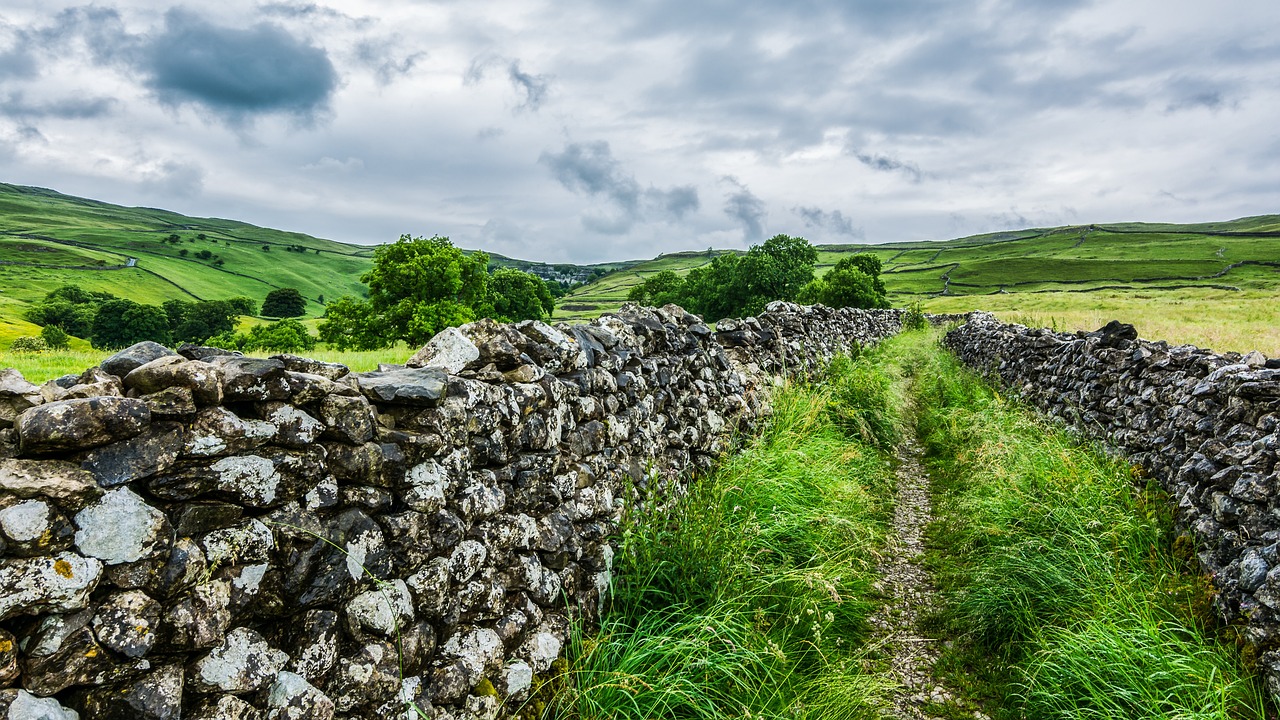
Sealing and Protecting Your Artwork
Once you've poured your heart and soul into painting your garden stones, the last thing you want is for your hard work to fade away or get damaged by the elements. Sealing your artwork is an essential step that not only preserves the vibrancy of your colors but also protects against rain, sun, and other outdoor conditions that can wreak havoc on your creations. So, how do you ensure your painted stones maintain their beauty?
First off, you'll want to choose a high-quality sealant that is specifically designed for outdoor use. These sealants come in various forms, including sprays, brushes, and even wipes. Each has its own set of advantages, so consider the size of your stones and the complexity of your designs when making a choice. For instance, if you have intricate details, a brush-on sealant might give you more control. On the other hand, a spray sealant is quick and easy for larger stones.
Before applying the sealant, make sure your painted stones are completely dry. This can take anywhere from a few hours to a full day, depending on the type of paint you used. Applying sealant to wet paint can lead to smudging and a less-than-perfect finish. Once dry, clean the stones gently to remove any dust or debris that might interfere with adhesion. A soft cloth or brush will do the trick!
When it comes to application, follow the manufacturer's instructions carefully. Generally, you’ll want to apply at least two coats of sealant for optimal protection. This creates a barrier that shields your artwork from UV rays, moisture, and even dirt. Allow each coat to dry completely before applying the next one. Patience is key here—rushing this process can lead to uneven coverage and less effective protection.
After sealing, it’s a good idea to store your stones in a shaded area for the first few days. This allows the sealant to cure properly without the harsh effects of direct sunlight. Once fully cured, your painted stones will be ready to shine in your garden, standing up to both the elements and time.
In summary, sealing and protecting your garden stone artwork is a vital step in ensuring its longevity. By choosing the right sealant and applying it correctly, you can enjoy your creative expressions for years to come. Just remember, a little effort in sealing can go a long way in preserving the beauty of your garden art!
- How often should I seal my painted stones? It's recommended to seal your stones at least once a year, especially if they are exposed to harsh weather conditions.
- Can I use regular paint for my garden stones? While you can use regular paint, it's best to opt for acrylic or outdoor-specific paints for better durability.
- What can I do if my paint starts to chip? If you notice chipping, you can touch up the paint and reapply sealant to restore your stone's appearance.

Incorporating Stones into Garden Design
When it comes to enhancing your garden's overall aesthetic, incorporating painted garden stones can be a game-changer. Imagine walking through your garden, surrounded by vibrant colors and unique designs that not only reflect your personality but also harmonize with nature. The key is to think creatively about how you place these stones. They can serve as delightful accents that draw the eye and create a sense of flow throughout your outdoor space.
One effective way to incorporate your painted stones is by using them as focal points. For instance, consider placing a large, intricately painted stone at the beginning of a flower bed. This stone can act as a welcoming beacon, inviting guests to explore further. Alternatively, you can group smaller stones together in clusters, creating a charming vignette that adds depth and interest. Just like a well-composed painting, balance is essential—too many stones in one area can overwhelm the senses, while too few may leave your garden feeling sparse.
Another exciting approach is to integrate your stones into existing landscape features. For example, if you have a pond or a water feature, consider lining the edges with your painted stones. This not only enhances the beauty of the water but also creates a seamless transition between the water and the surrounding garden. You might also think about using painted stones as borders for paths or flower beds. This can provide a neat and tidy appearance while adding an artistic touch.
Moreover, don’t forget about the vertical space in your garden. Stacking stones can create unique sculptures that draw the eye upward, adding another dimension to your design. You can even use painted stones to create a whimsical totem or a playful tower that becomes a conversation starter for visitors. Just ensure that your stacked stones are stable and secure to avoid any accidents.
To ensure that your garden stones truly shine, consider the color palette of your garden. If you have a predominantly green garden, vibrant colors on your stones can create a stunning contrast. On the other hand, muted tones can provide a more subtle and elegant look. Think of your stones as the jewelry of your garden—choose colors and designs that enhance rather than compete with the natural beauty around them.
Lastly, remember that your garden is a reflection of you. Don’t shy away from personal touches! Whether it’s painting a stone with your favorite quote, a cherished symbol, or even a family name, these personal elements can make your garden feel like a true extension of your home. By thoughtfully incorporating your painted stones, you can create a garden space that is not only visually appealing but also rich in personal meaning.
- What types of stones are best for painting? Smooth river stones or flat slate stones work wonderfully due to their surface texture.
- Can I use regular paint on garden stones? It's best to use weather-resistant paints, such as acrylics, to ensure durability against the elements.
- How do I secure stacked stones? Use a strong adhesive or mortar to help stabilize your sculptures and prevent them from toppling over.
- How often should I reseal my painted stones? It's advisable to reseal them every year to maintain their vibrancy and protect against fading.
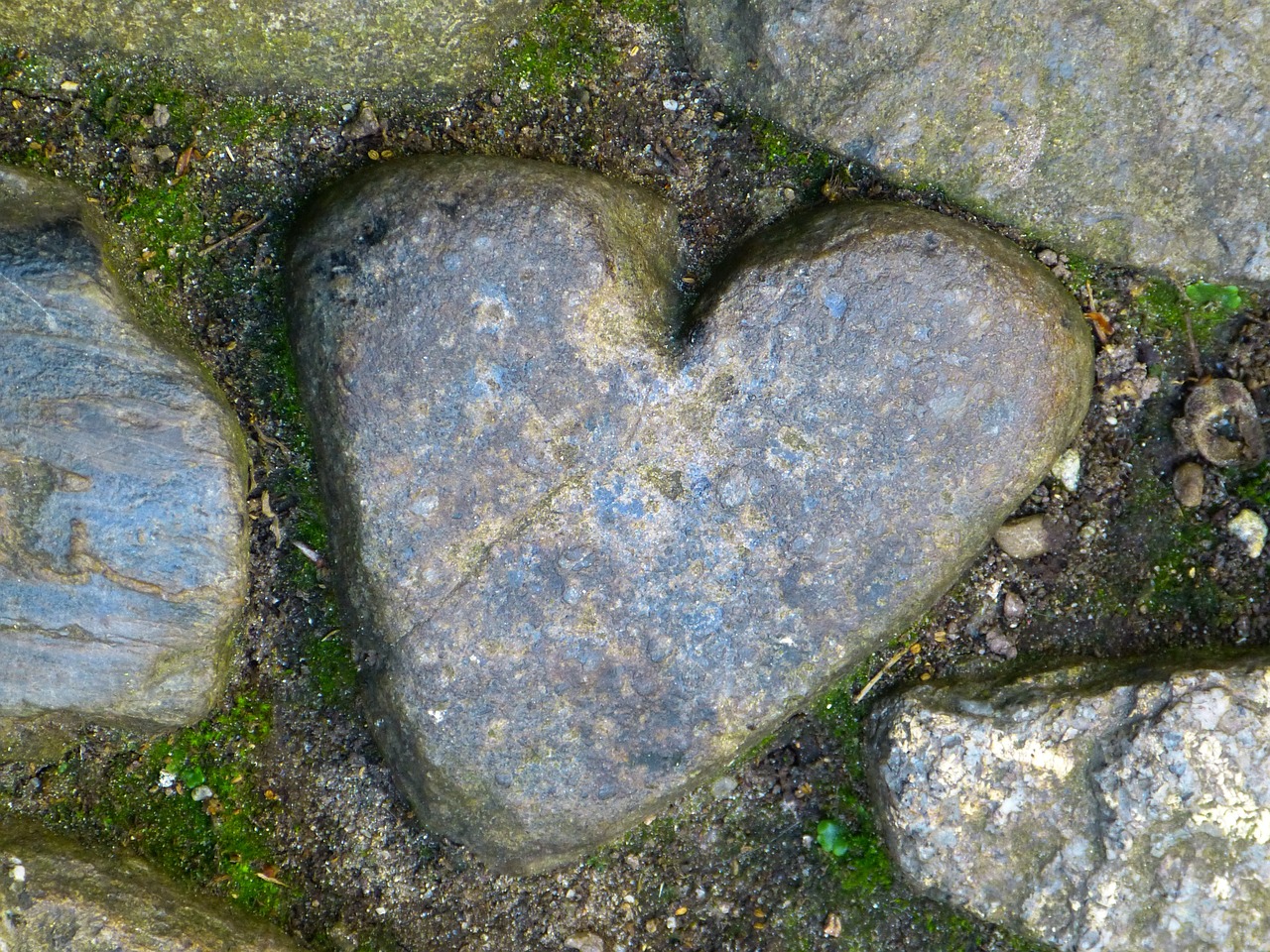
Creating Stone Pathways
Creating stone pathways in your garden is not just about functionality; it’s an opportunity to showcase your artistic flair while guiding visitors through your outdoor oasis. Imagine stepping onto a pathway that not only leads you to different sections of your garden but also tells a story through the unique designs of each stone. The first step in this creative journey is to envision the layout of your pathway. Will it be a straight line, or perhaps a winding trail that meanders like a gentle stream? The choice is yours, and it sets the tone for the entire experience.
When designing your stone pathway, consider the size and shape of the stones you want to use. Larger stones can create a more rustic feel, while smaller, more uniform stones can give a sleek and modern touch. It's essential to think about how these stones will interact with your garden's existing features. For instance, if you have vibrant flowers or lush greenery, you might want to choose stones that either contrast beautifully or harmonize with those colors. The key is to create a cohesive look that enhances your garden’s natural beauty.
Once you’ve decided on the design, the next step is to prepare the ground. Clear the area of any weeds, grass, or debris. You might want to lay down some landscape fabric to prevent unwanted growth beneath your stones. After that, outline your pathway using a garden hose or string to visualize the route. This will help you see how the pathway flows through your garden space and allow you to make adjustments before laying down any stones.
As you start placing the stones, consider leaving gaps between them for a more natural look. These gaps can be filled with decorative gravel, moss, or even small plants, adding texture and color to your pathway. Not only does this approach soften the hard edges of the stones, but it also invites nature into your design. Plus, who doesn’t love the sight of tiny flowers peeking through the stones?
For a more elaborate touch, think about incorporating your painted stones into the pathway. Imagine a trail of stones adorned with cheerful designs leading to your favorite garden nook. Each step can surprise and delight, serving as a canvas for your creativity. You can mix and match different stone sizes and styles, creating a playful mosaic that reflects your personality.
Finally, don’t forget about maintenance. A stone pathway can be a stunning addition to your garden, but it does require some upkeep. Regularly check for weeds, and ensure that the stones remain stable. If you notice any stones shifting or sinking, simply lift them and adjust the base before replacing them. With a little care, your stone pathway can remain a beautiful feature of your garden for years to come.
- What type of stones are best for pathways? Natural stones like flagstone, slate, or river rocks work well, but you can also use decorative concrete pavers for a more uniform look.
- How do I prevent weeds from growing between the stones? Using landscape fabric beneath the stones and filling gaps with gravel or sand can help minimize weed growth.
- Can I paint the stones used in the pathway? Absolutely! Just make sure to use weather-resistant paint and seal them afterward to protect your artwork.
- How do I ensure the stones stay in place? Properly compacting the soil and using a sand base can help keep your stones stable and secure.
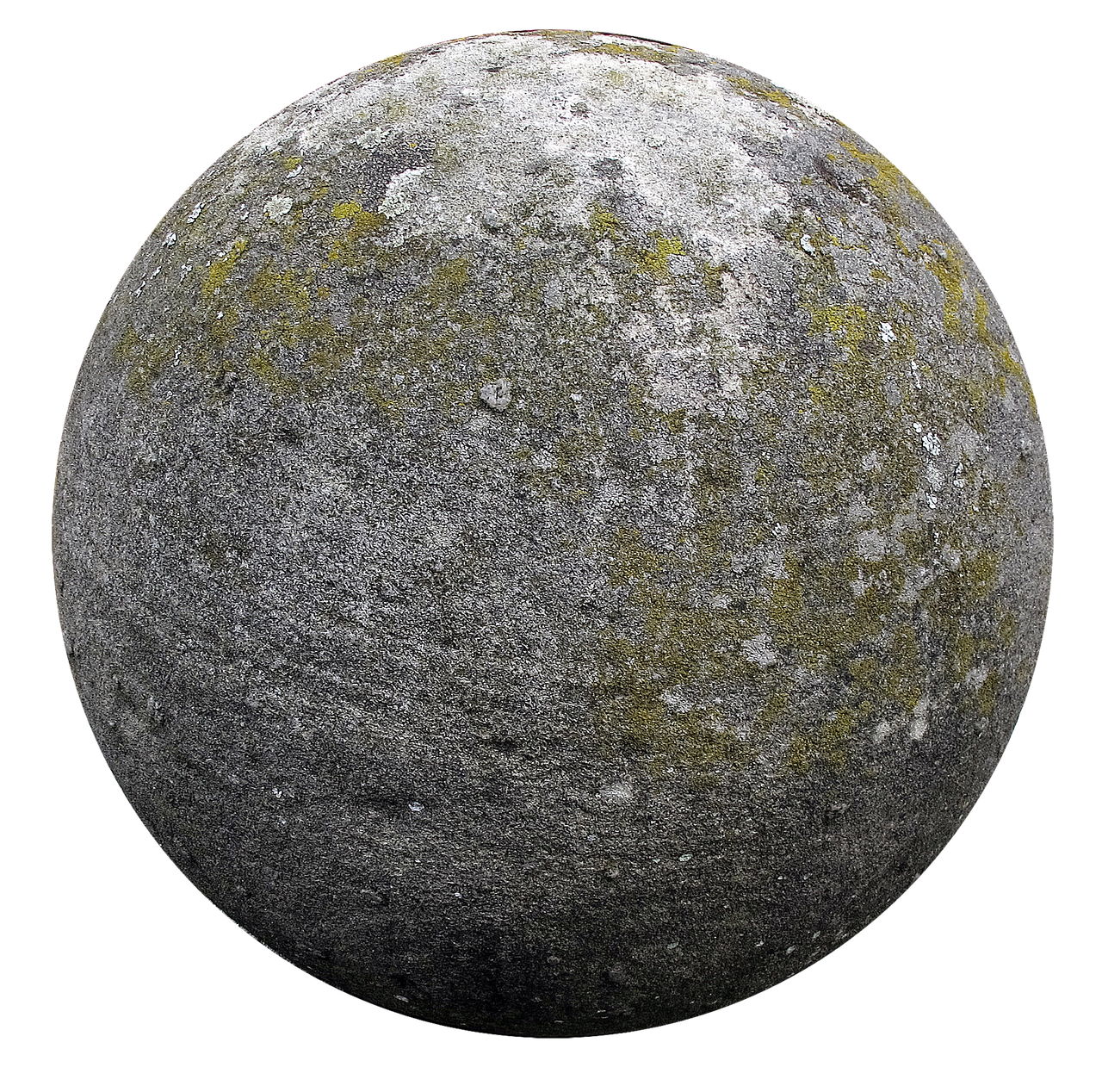
Building Stone Sculptures
Creating stone sculptures can be one of the most rewarding experiences for any garden enthusiast. Imagine stepping into your outdoor space and being greeted by a stunning, handcrafted sculpture that not only serves as a focal point but also showcases your creativity. Building stone sculptures allows you to transform ordinary rocks into extraordinary art pieces, and the best part? You don’t need to be a professional artist to get started!
Before you dive in, it's essential to consider a few key factors. First, select the right stones. Larger stones can serve as a sturdy base, while smaller stones can be used to add intricate details. Think of your sculpture as a puzzle; each piece should fit together harmoniously. For instance, you might choose a large, flat stone for the base and stack smaller, rounded stones on top to create a whimsical creature or abstract form.
Next, you’ll want to think about design and structure. Sketching out your ideas on paper can help you visualize the final product. Consider the height and balance of your sculpture. You wouldn’t want it to topple over with a gust of wind, right? A well-balanced sculpture not only looks better but also stands the test of time. You can create a variety of shapes and themes, from animals to abstract designs, depending on your personal style.
Once you have your stones and design figured out, it’s time to start building! Begin with the base stone, ensuring it's stable and secure. You can use a strong adhesive to bond the stones together. For added stability, consider using a mixture of sand and cement as a mortar. This will help your sculpture withstand the elements, making it a lasting feature in your garden.
As you stack your stones, take a moment to step back and evaluate your work. This is where the magic happens—adjusting the placement of stones can dramatically change the look of your sculpture. Don't be afraid to experiment! Just like in painting, sometimes the best results come from unexpected choices.
Finally, once your sculpture is complete, you might want to add a personal touch. Consider painting your stones with weather-resistant paints or applying a sealant to protect them from the elements. This not only enhances the aesthetic appeal but also ensures your masterpiece remains vibrant for years to come.
In conclusion, building stone sculptures is a fantastic way to express your creativity while enhancing your garden's beauty. Whether you're creating a small decorative piece or a grand focal point, the possibilities are endless. So gather some stones, unleash your imagination, and start building your very own stone sculpture today!
- What types of stones are best for sculptures? Look for stones that are durable and have interesting shapes, such as river rocks, granite, or limestone. These materials are not only sturdy but also offer unique textures.
- Do I need special tools to build stone sculptures? Basic tools like a hammer, chisel, and adhesive are often sufficient. For larger projects, you might need more specialized tools, but many sculptures can be created with just your hands and some creativity!
- How do I maintain my stone sculptures? Regular cleaning with water and mild soap can help keep your sculptures looking fresh. If you've painted them, check for any peeling or fading and reapply paint or sealant as needed.
Frequently Asked Questions
- What types of stones are best for painting?
When it comes to choosing stones for your garden art, look for smooth, flat stones like river rocks or slate. These types of stones provide a great canvas for your creativity. The smoother the surface, the easier it will be to paint and achieve the designs you envision.
- Can I use regular paint on garden stones?
While you can use regular paint, it's highly recommended to choose weather-resistant paints or acrylics specifically designed for outdoor use. These paints are formulated to withstand the elements, ensuring your artwork stays vibrant and intact for longer.
- How can I protect my painted stones from fading?
To keep your painted stones looking fresh, applying a quality sealant is essential. Look for outdoor sealants that provide UV protection. After your paint has dried completely, spray or brush on the sealant, allowing it to dry thoroughly before placing your stones in the garden.
- What are some creative ways to display my painted stones?
There are countless ways to showcase your painted stones! You can use them as decorative accents in flower beds, create a stunning stone pathway, or even incorporate them into larger garden sculptures. Let your imagination run wild!
- Do I need special tools for painting garden stones?
While you don’t need a lot of fancy tools, having a few essential supplies will help. Basic paintbrushes, sponges, and even fine-tipped markers can be great for detailing. If you’re using stencils, a craft knife or scissors for cutting them out will also come in handy.
- Can I use stencils for my garden stone art?
Absolutely! Stencils are a fantastic way to achieve consistent designs and intricate patterns. You can either buy pre-made stencils or create your own using cardstock or plastic sheets. Just ensure they’re secured well to prevent paint from bleeding underneath.
- How do I create a stone pathway in my garden?
Creating a stone pathway is a fun project! Start by planning the layout of your path, then dig out a shallow trench where the stones will sit. Place your decorated stones in the trench, spacing them evenly. You can fill in gaps with gravel or soil to keep them stable and add some flair.
- What should I do if my painted stones get damaged?
Don’t fret! If your painted stones get chipped or faded, you can always touch them up with more paint. Just clean the surface, let it dry, and repaint as needed. A little maintenance can keep your garden art looking fabulous!



















